AI & creativity
Jakob Jordan, Department of Physiology, University of Bern, Bern, Switzerland
"Denkfabrik", Integrata Stiftung, 0620.04.2022

Image credit: https://www.lmfa.org/events/cultivating-creativity/
About me
- BA & MA in Physics (Munich, Belfast, Zurich)
- PhD in Computational Neuroscience (Juelich)
- now: Postdoc in Comp. Neuro (Bern)
- interests
- probabilistic inference in cortex
- biological plasticity & learning
- neuromorphics
- AI
- hiking & biking
twitter: @_jakobj
github: https://github.com/jakobj/
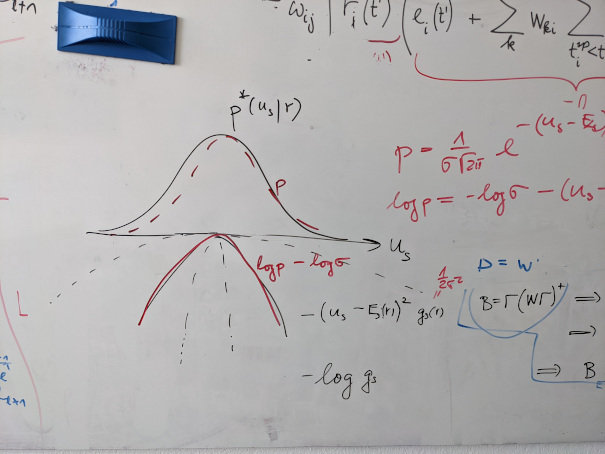
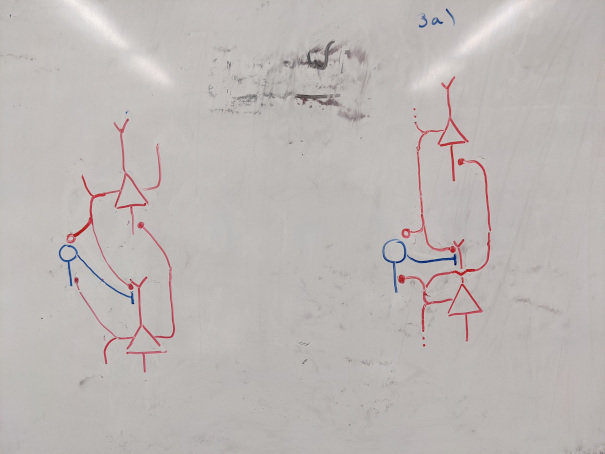

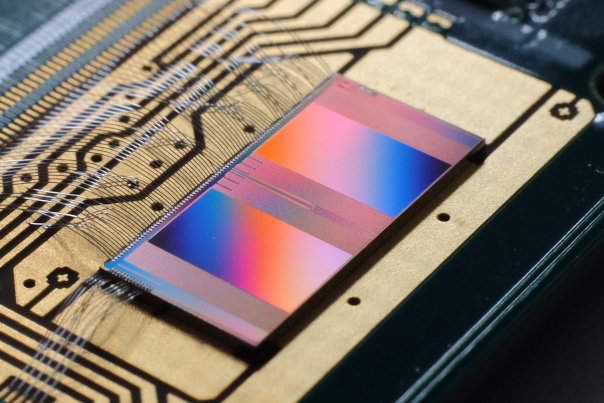
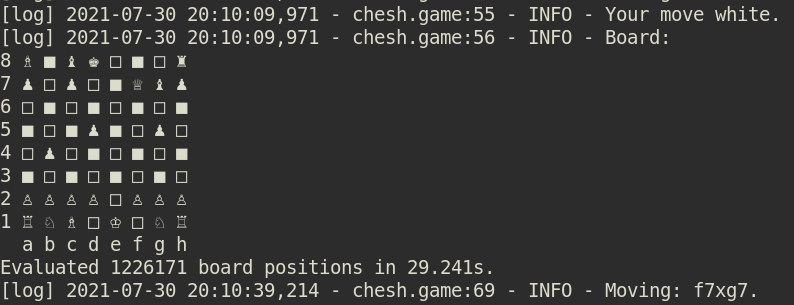
What is creativity?
> "Creativity: the ability to produce or use original and unusual ideas."
Cambridge Dictionary
> "Creativity is a phenomenon whereby something new and valuable is formed."
Wikipedia
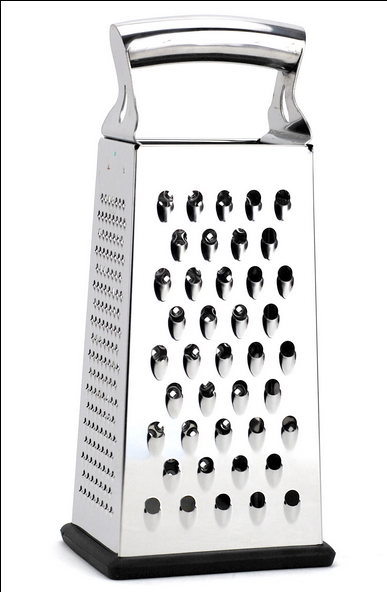
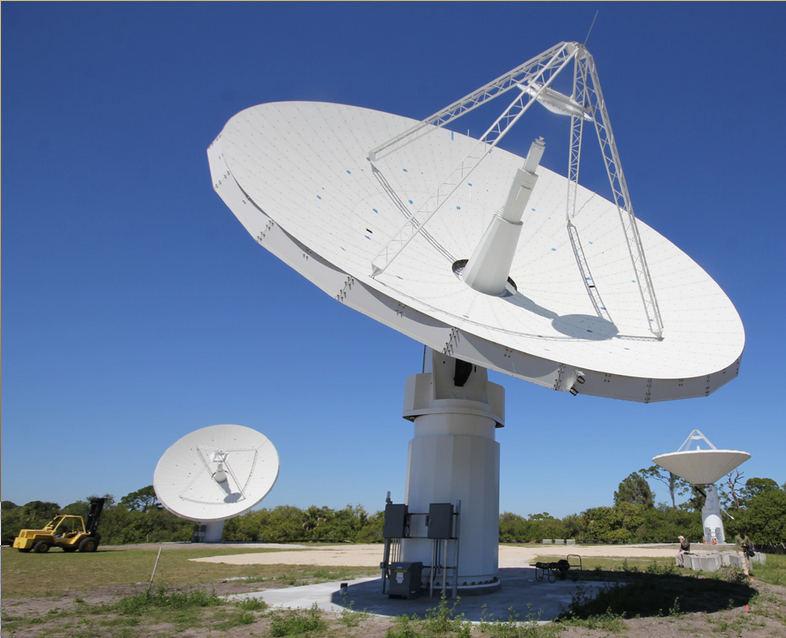
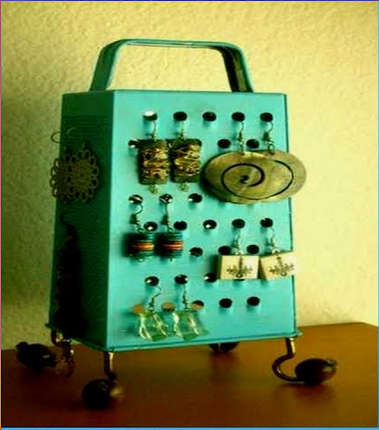

AI exhibits signatures of creativity
https://github.com/PJ-Finlay/pytorch-deepdream
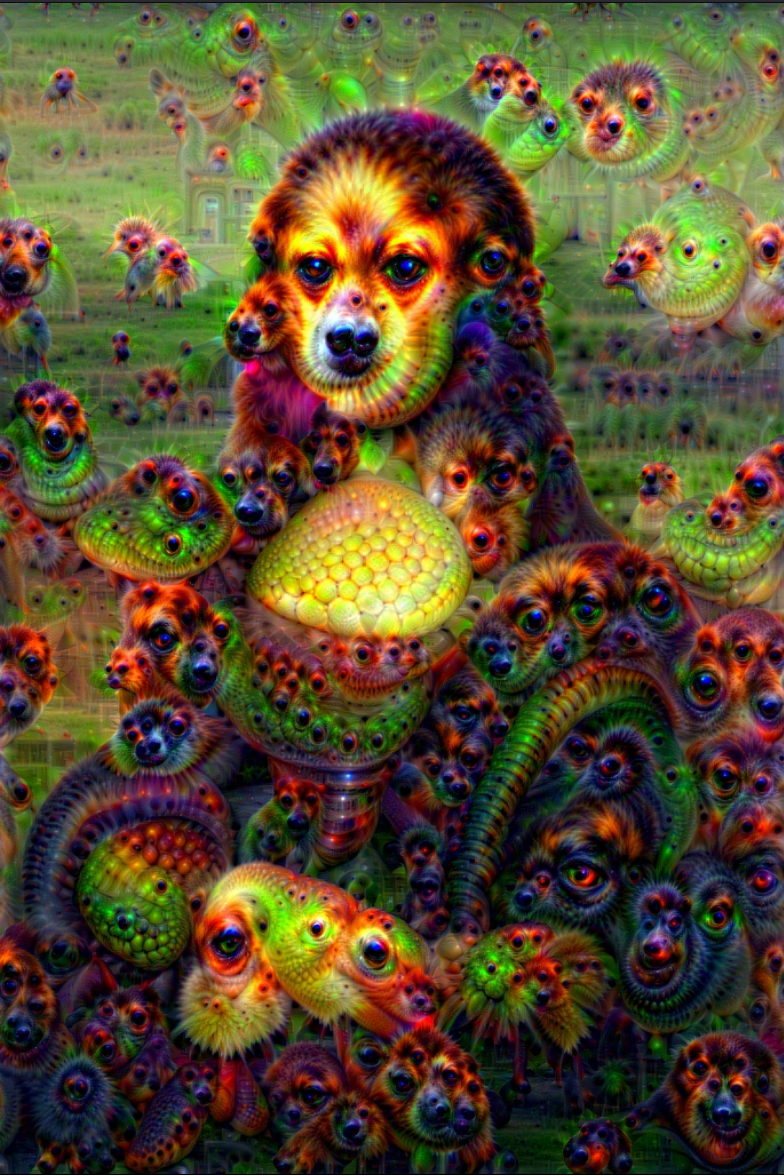
https://medium.com/keio-sfc-interaction-design-class-2021-spring
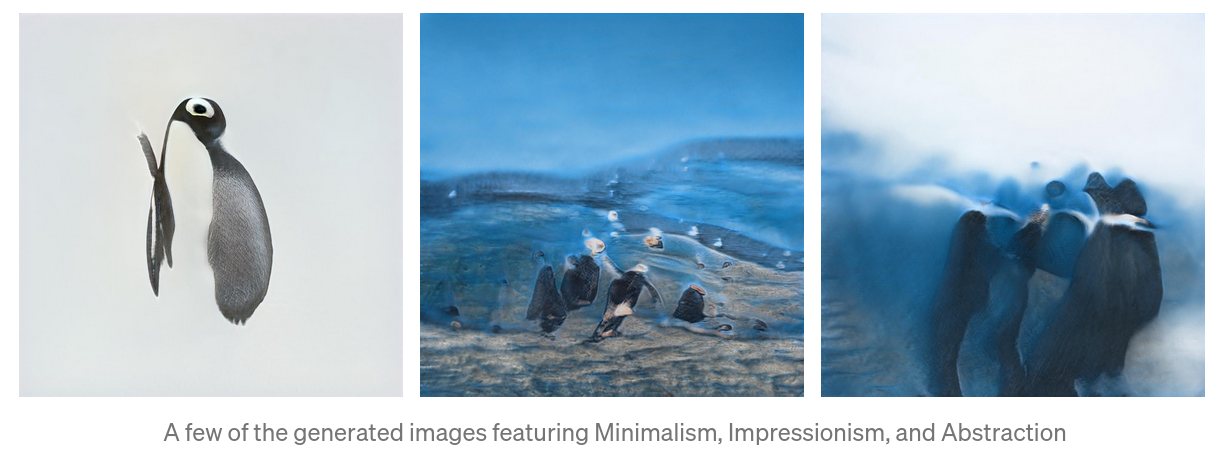
AI surprises expert players
> "With the 37th move in the match's second game, AlphaGo landed a surprise on the right-hand side of the 19-by-19 board that flummoxed even the world's best Go players, including Lee Sedol. "That's a very strange move," said one commentator, himself a nine dan Go player, the highest rank there is. "I thought it was a mistake," said the other."
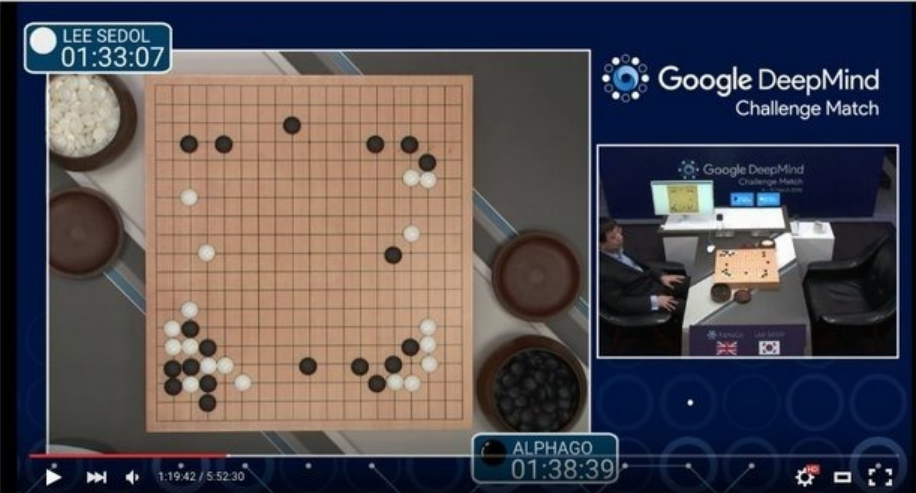
https://wired.com/
How does the machine become creative?
"Learning" : maximize a function by trial and error that measures how well the machine works under given constraints
Examples
- "realism" of generated images
- number of games won
- correct words predicted
Approach
- millions of example images
- millions of games played against itself
- millions of examples sentences
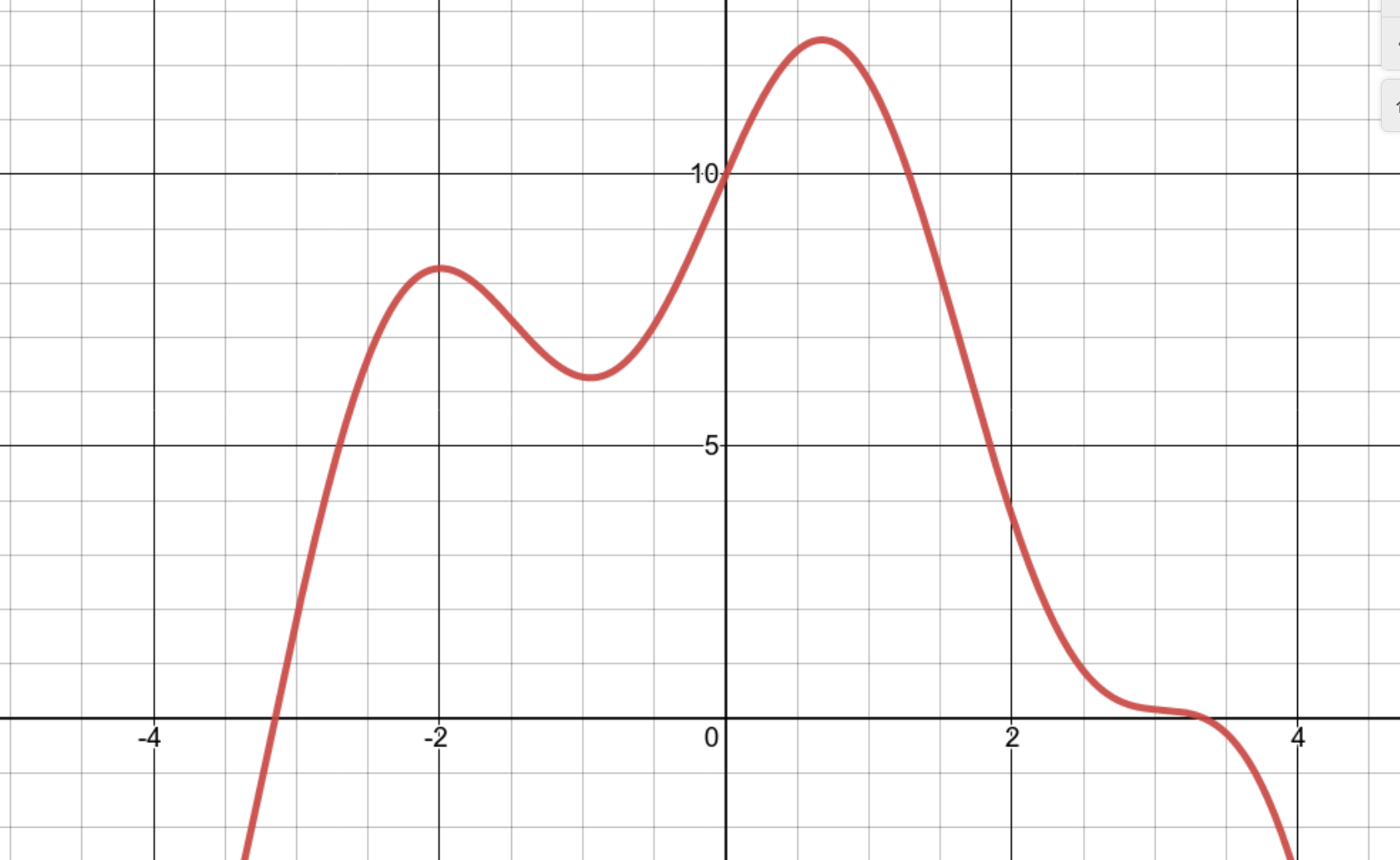
penntoday.upenn.edu
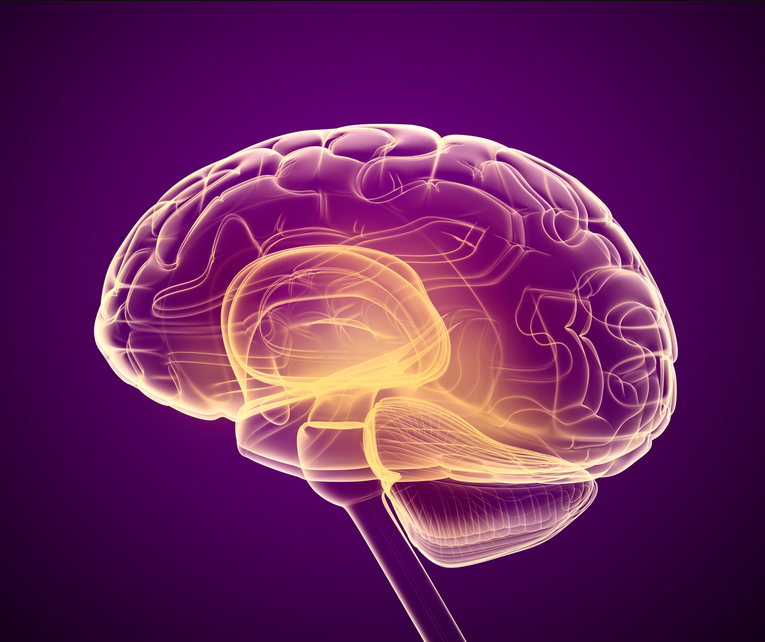
?
"Shortcut learning" in AI
Shortcut learning: a striking mismatch between
human-intended and model-learned solution
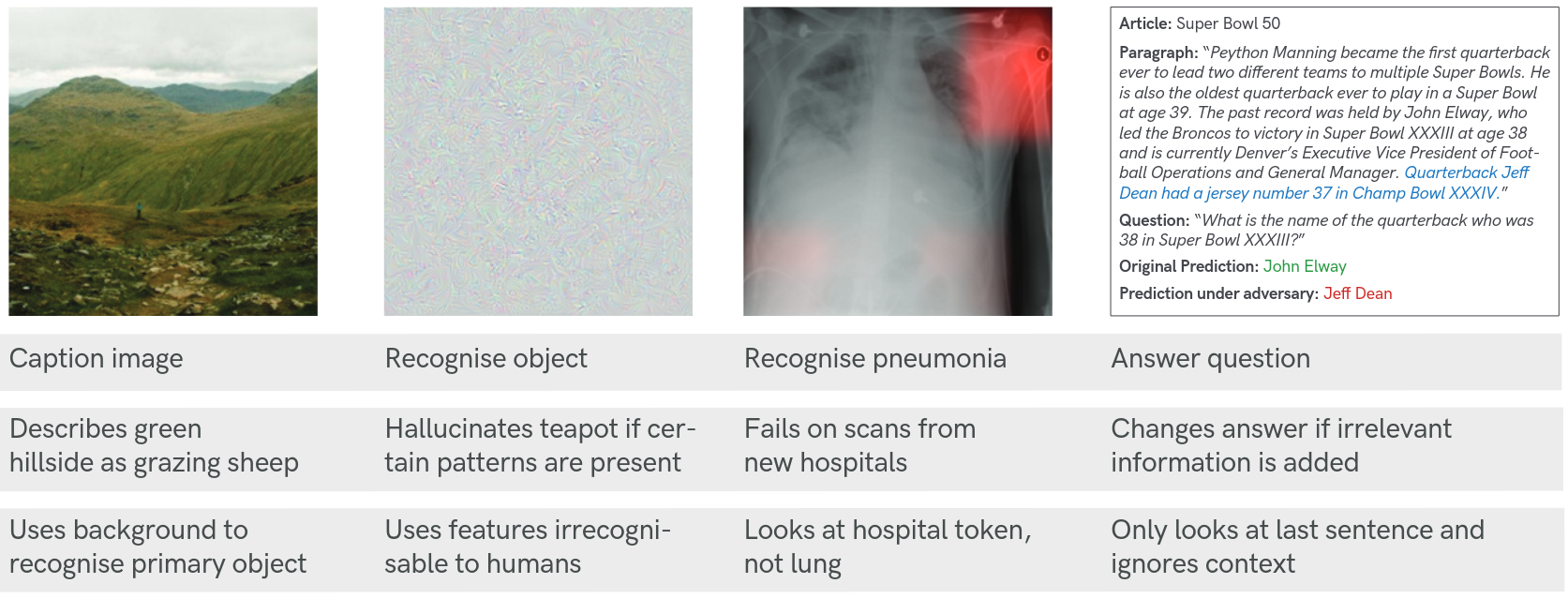
Geirhos et al. (2020)
Transparency/explainability of algorithms is essential
if we want to maximize the positive impact of machine learning.

https://openai.com/blog/faulty-reward-functions/
The trouble with modern AI
- most modern applications rely on (deep) neural networks
- their (learned) function is extremely difficult to understand/explain
Towards explainability
- develop tools for analyzing the decision process of neural networks
- replace neural networks with interpretable alternative methods
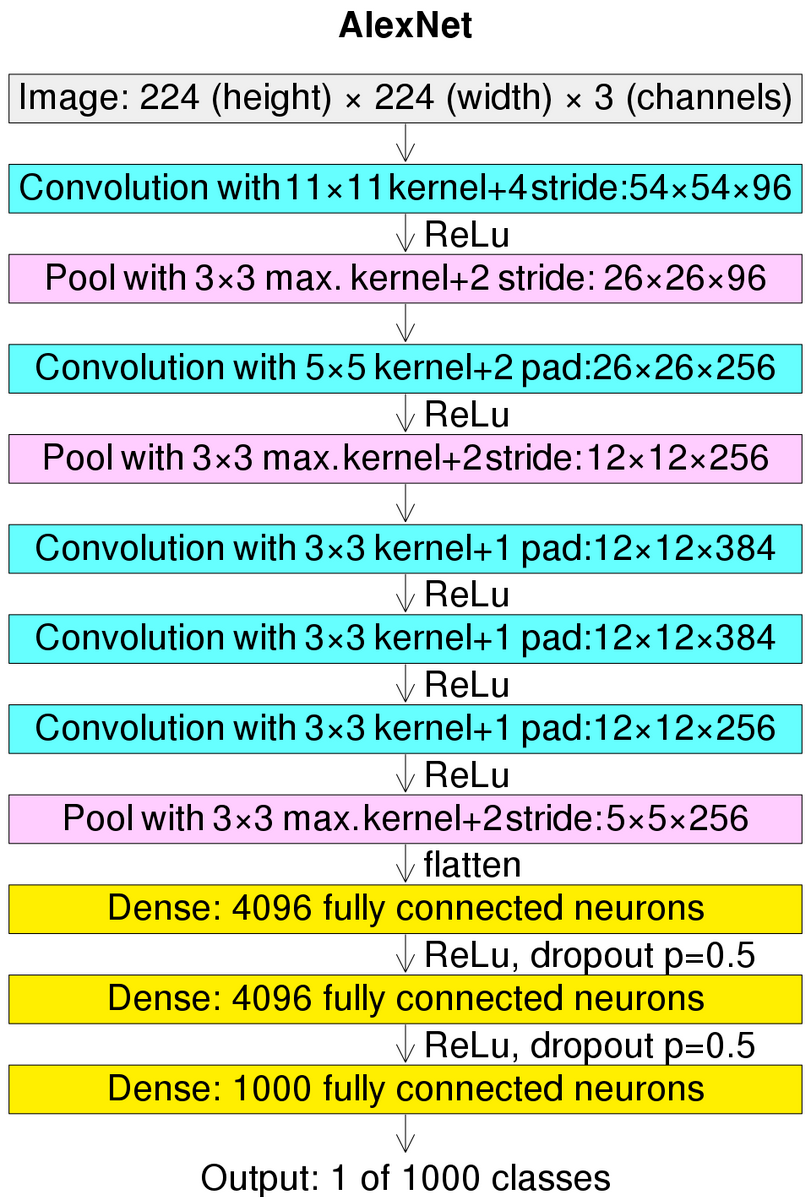
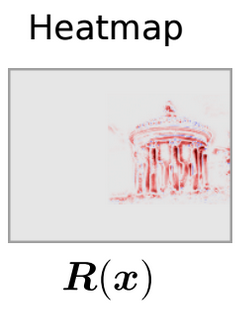
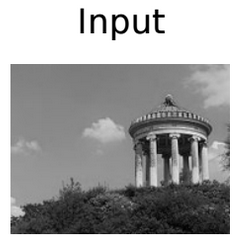
Case study: Evolving plasticity rules
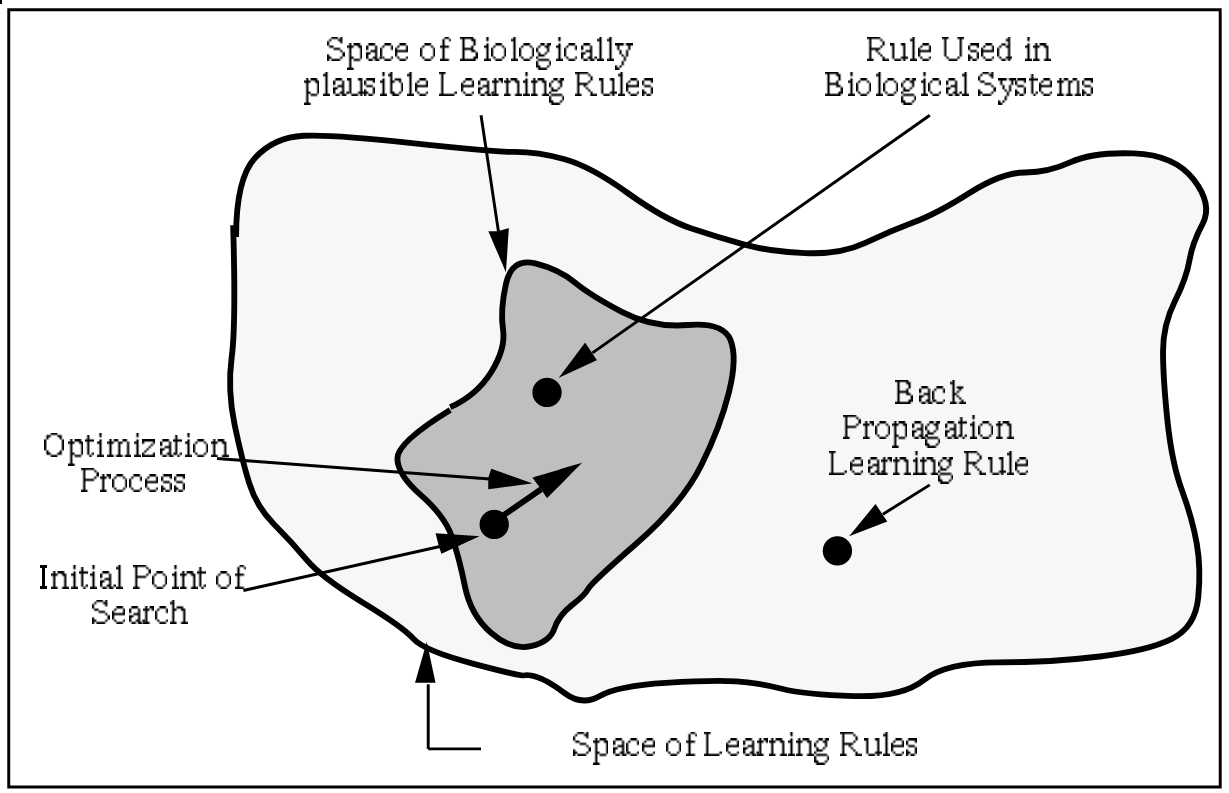
Bengio et al. (1995)
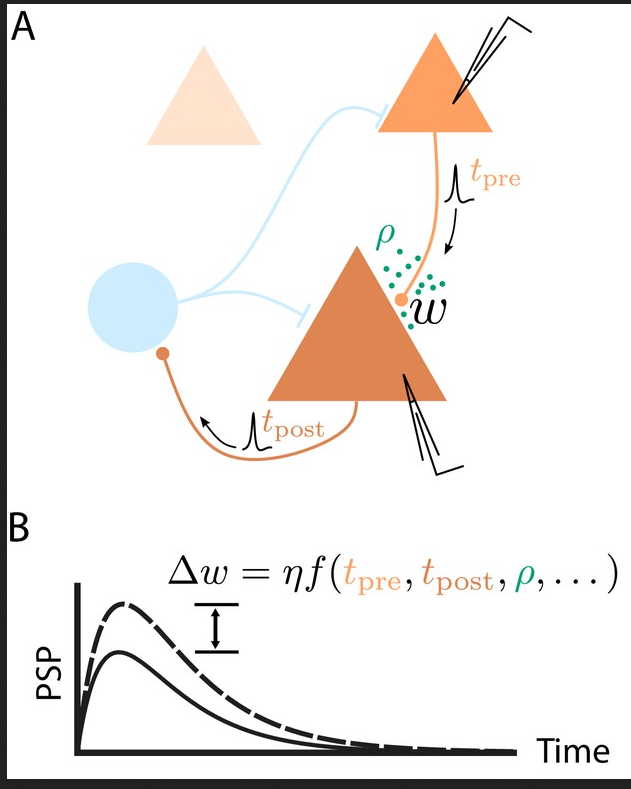
Jordan, Schmidt et al. (2020)
Transparent alternative to neural networks: genetic programming
Genetic programming


Offspring production
via "mutation"
of equations
Evolved plasticity rules allow networks to learn from rewards (in unexpected ways)
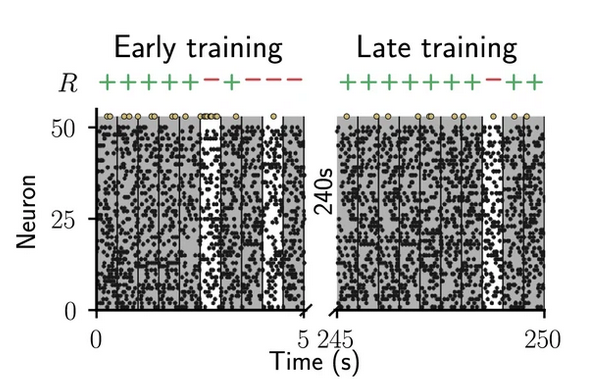
Jordan, Schmidt et al. (2020)
Williams (1987)
Urbanczik & Senn (2009)
"AI" (2020)
Conclusion
- AI is an amazing tool (image recognition/ generation, translation, etc.)
- However: solutions do not necessarily correspond to what we were hoping for ("mischievous genie")
- Similar performance does not imply similar strategies/algorithms!
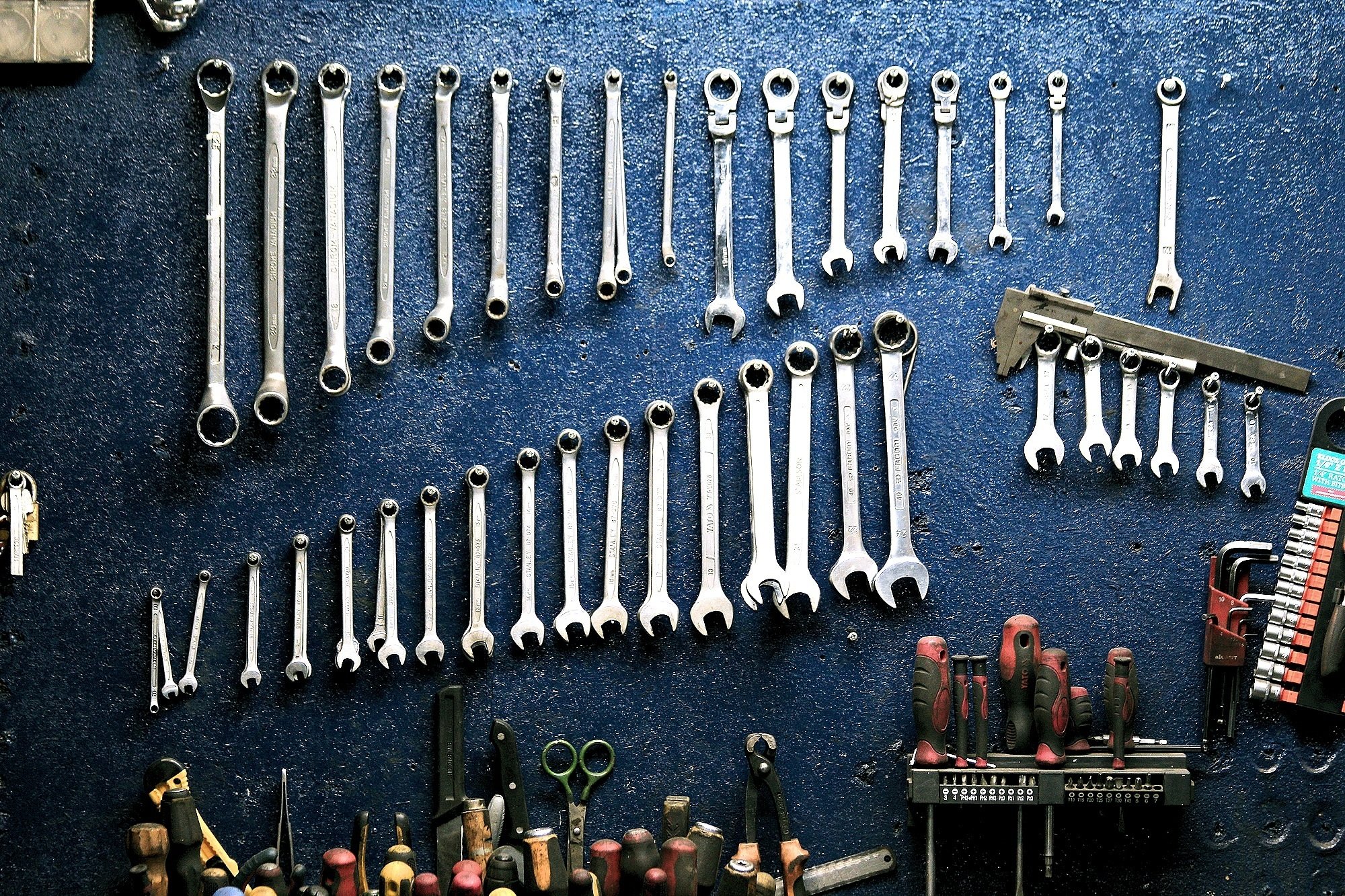
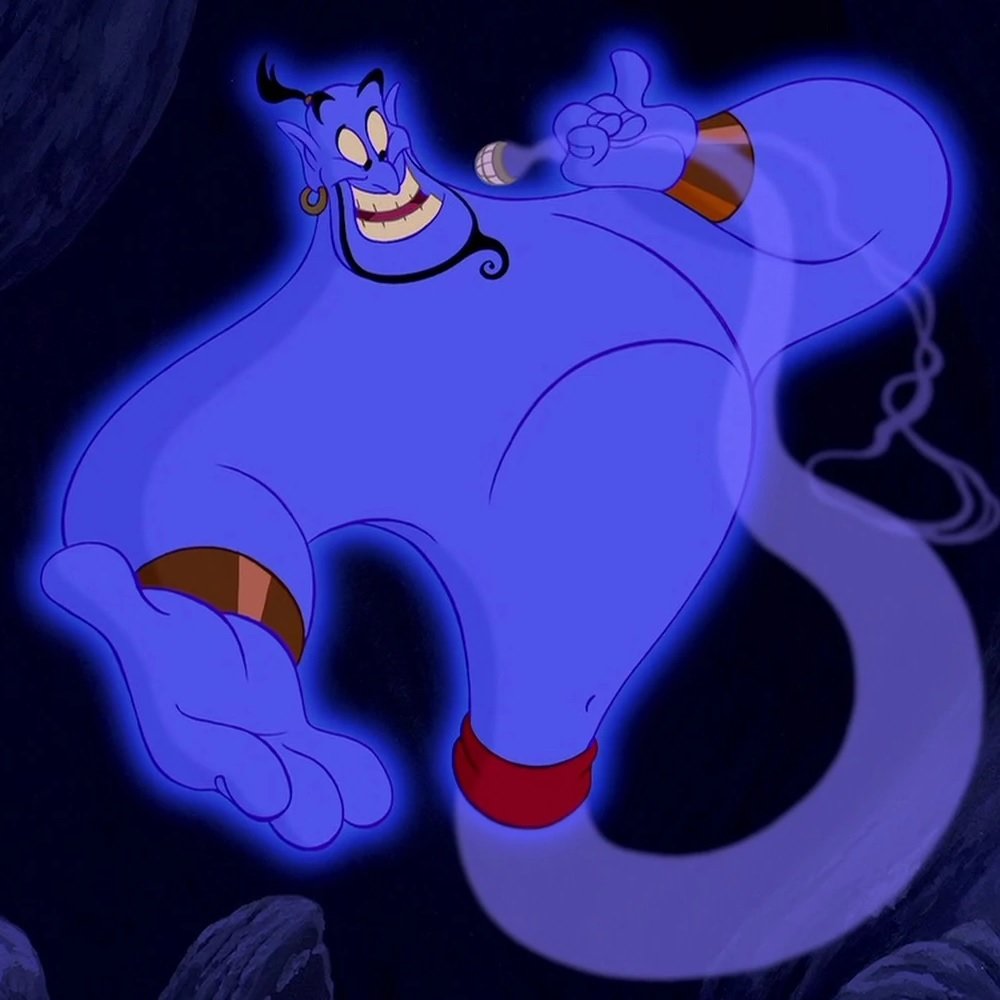
→ Explainable AI with transparent decision making process necessary for maximal benefit.
Appendix
Unexpected moves in Go
Multi-agent hide & seek
AI & creativity
By jakobj
AI & creativity
- 263



